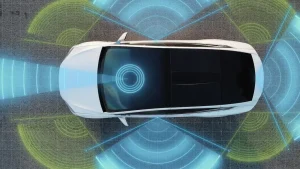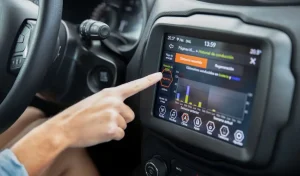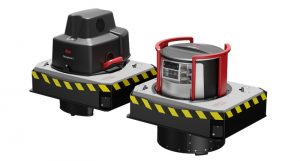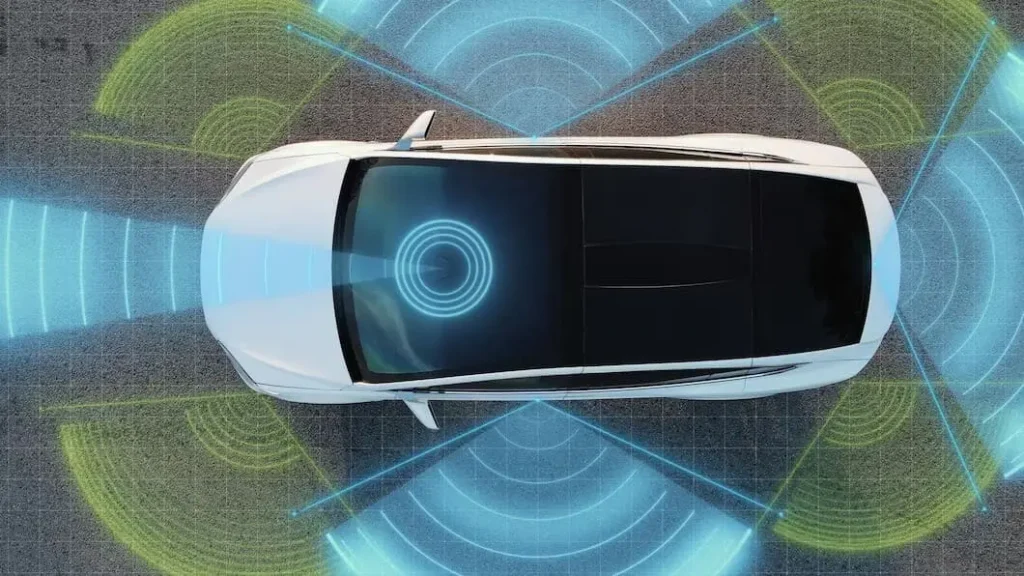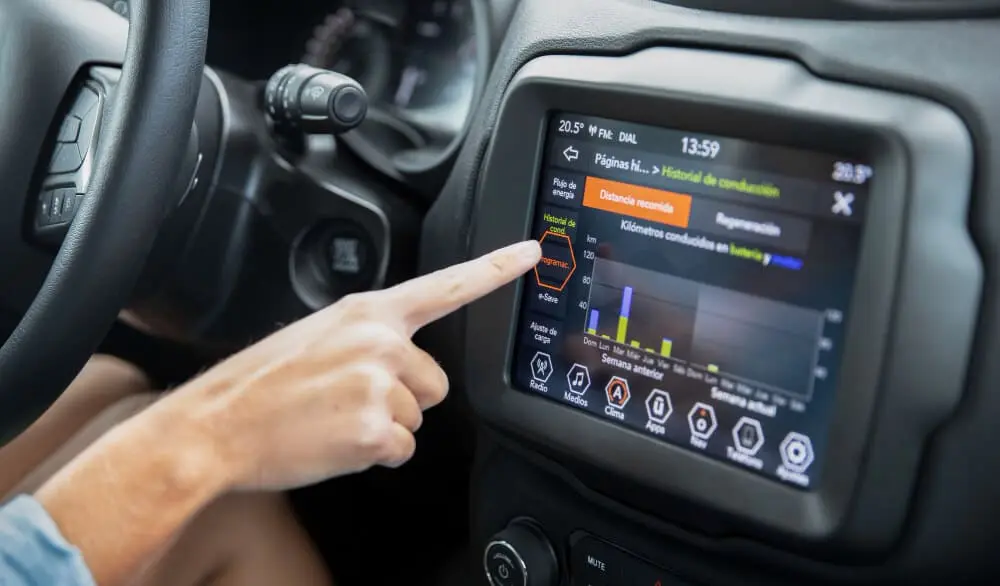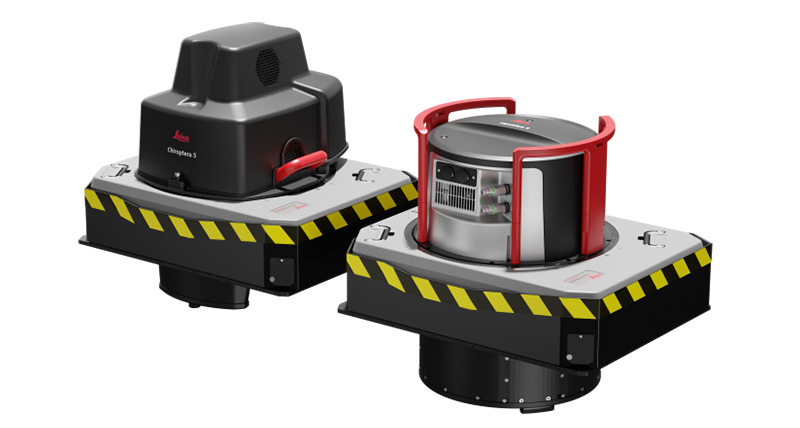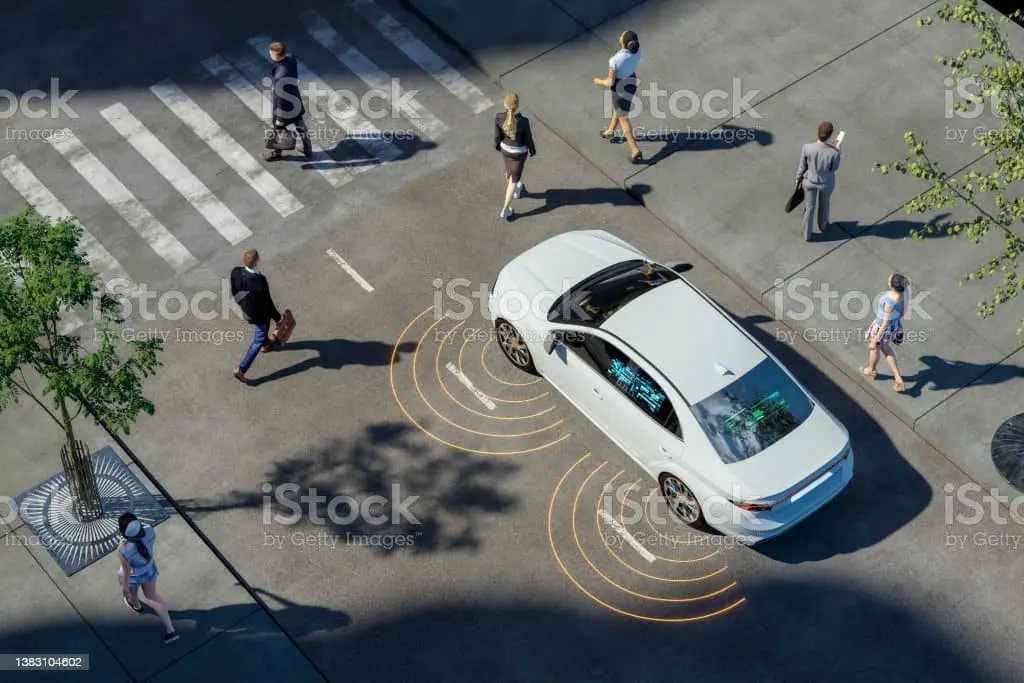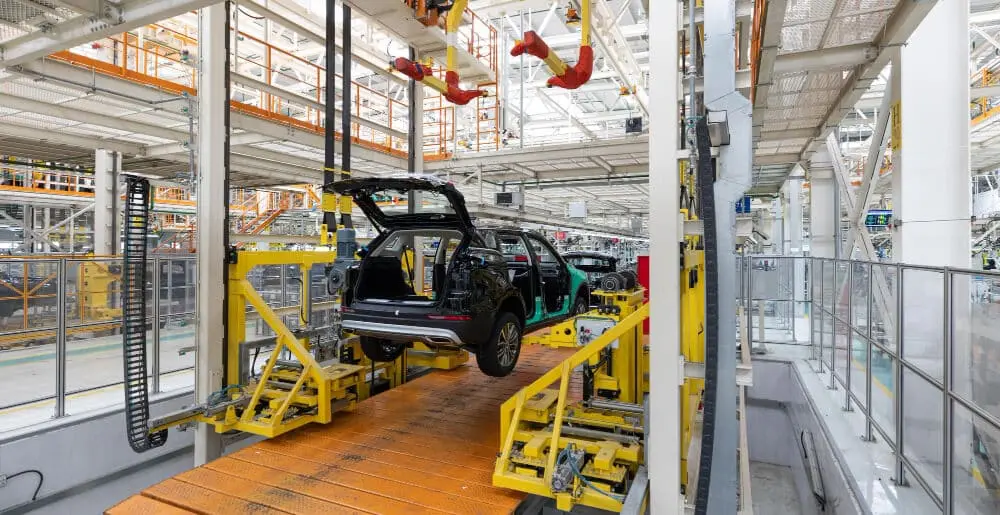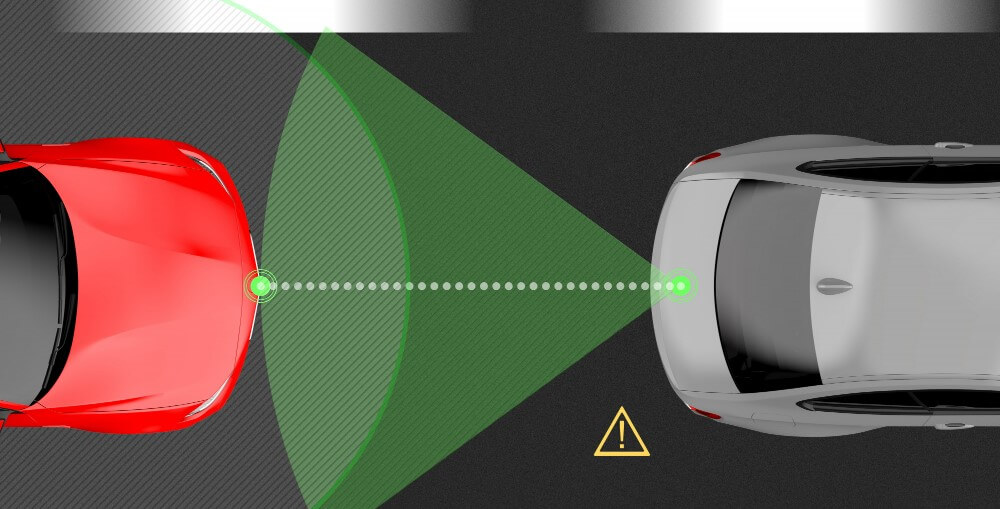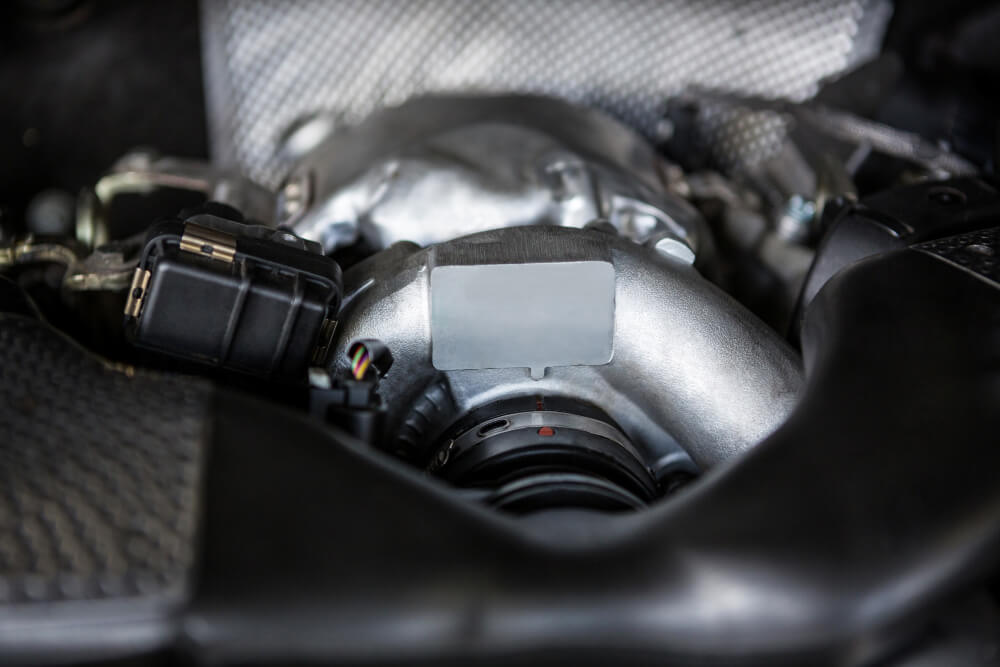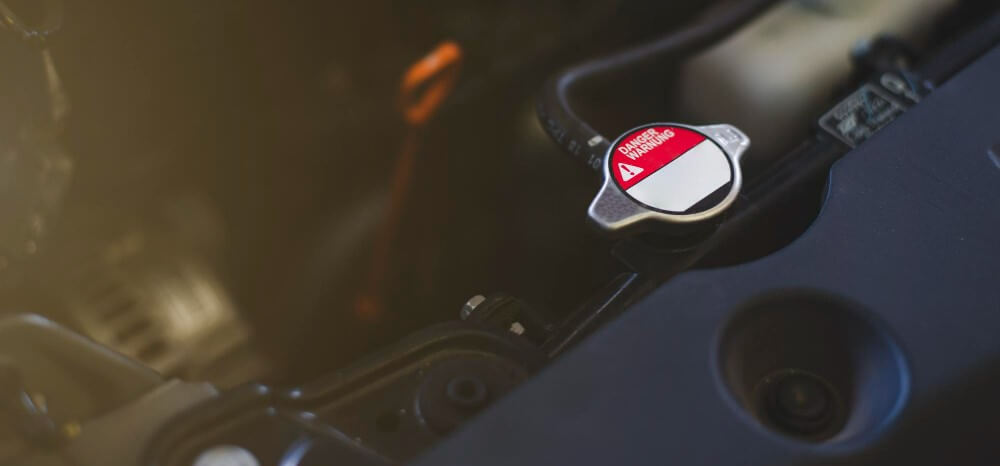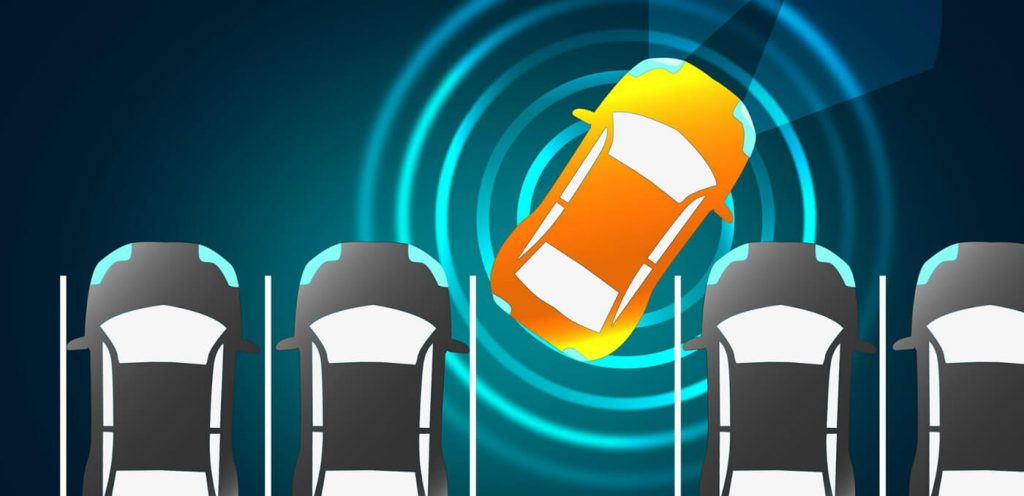
The automotive industry has witnessed remarkable changes in how vehicles operate with sensors for Cars. One of the most significant changes has been the integration of sensors, which have revolutionized automotive safety. This article will explore the various types of car sensors and their impact on safety.
In recent years, the demand for advanced safety features in cars has increased, and sensors have become essential in achieving this. Integrating sensors in cars allow for improved safety measures, reducing the number of accidents and fatalities on the road. This article will discuss the different types of car sensors and their benefits.
Types of Sensors Used in Cars | What Sensors for Cars used
Proximity Sensors
Proximity sensors are one of the most common types of sensors used in cars. These sensors use ultrasound technology to detect objects in the vehicle’s path. They are usually located on the front and rear bumpers of the car and alert the driver if an obstacle is detected. Proximity sensors are handy when parking or reversing.
Blind Spot Detection Sensors
Blind spot detection sensors are located on the car’s side mirrors and use radar technology to detect objects in the driver’s blind spot. The sensor will alert the driver with an audible or visual warning if an object is detected. It prevents accidents caused by drivers changing lanes without checking their blind spots.
Lane Departure Warning Sensors
Lane departure warning sensors are designed to alert the driver when the car drifts out of its lane. These sensors use cameras to monitor the car’s position on the road and can detect when the car is moving out of its lane. If this happens, the sensor will alert the driver with an audible or visual warning.
Tire Pressure Sensors
Tire pressure sensors are essential for maintaining safe driving conditions. These sensors measure the air pressure in the tires and alert the driver if the pressure is too low. This technology helps prevent tire blowouts, which can cause accidents.
Airbag Sensors
Airbag sensors are located throughout the car and are designed to detect a collision. These sensors are critical to automotive safety and have saved countless lives. If a collision is detected, the sensors will deploy the airbags, protecting the driver and passengers from injury.
Benefits of Sensors for Cars
Integrating sensors for cars have led to a significant reduction in the number of accidents on the road. These sensors provide drivers with additional safety features that help prevent accidents and reduce the severity of collisions. The sensors can also make parking and manoeuvring more accessible and less stressful, giving you a better driving experience.
Conclusion
In conclusion, integrating sensors for cars has revolutionized automotive safety, providing drivers with added safety features that help prevent accidents and reduce the severity of collisions. The use of proximity sensors, blind spot detection sensors, lane departure warning sensors, tire pressure sensors, and airbag sensors has significantly reduced the number of accidents on the road and saved countless lives.
With the continued advancement of technology, integrating sensors in cars will become even more essential, leading to a safer and more enjoyable driving experience for all. Investing in advanced safety technology is crucial for the automotive industry to prevent accidents and ensure the safety of drivers and passengers on the road.
FAQs
- What is the purpose of sensors for cars?
Sensors in cars detect potential hazards and alert drivers to potential dangers, improving safety.
- How do proximity sensors work?
Proximity sensors use ultrasound technology to detect objects in the vehicle’s path. They are usually located on the front and rear bumpers of the car.
- What are the benefits of sensors for cars?
Sensors provide drivers with additional safety features that help prevent accidents and reduce the severity of collisions. In addition to improving safety, sensors can make parking and manoeuvre more accessible and enjoyable.
- Can sensors be added to older cars?
Yes, sensors can be added to older ones.

